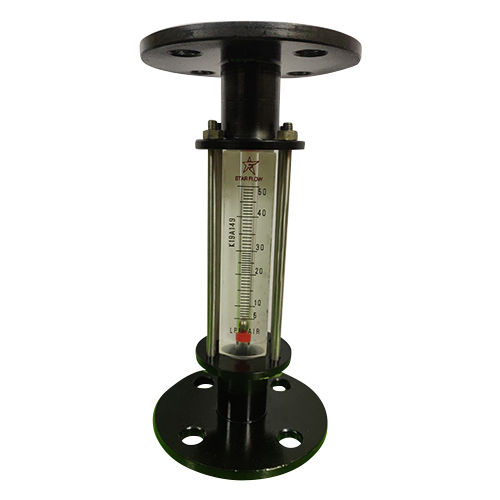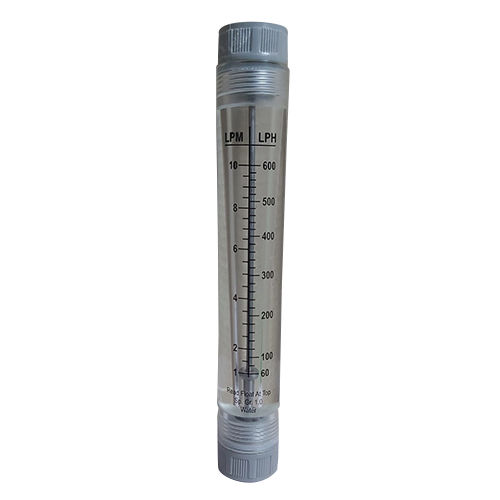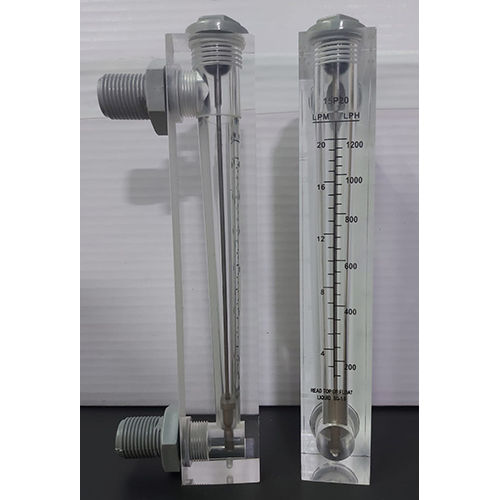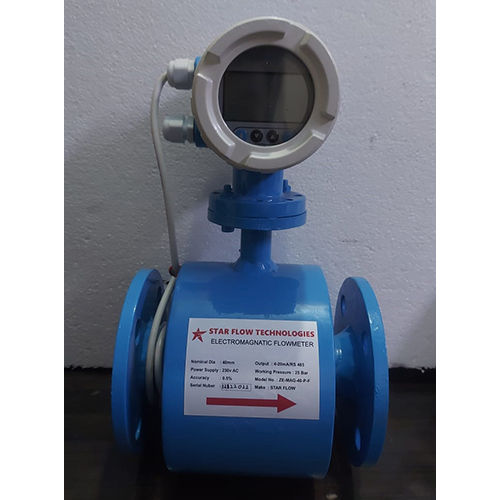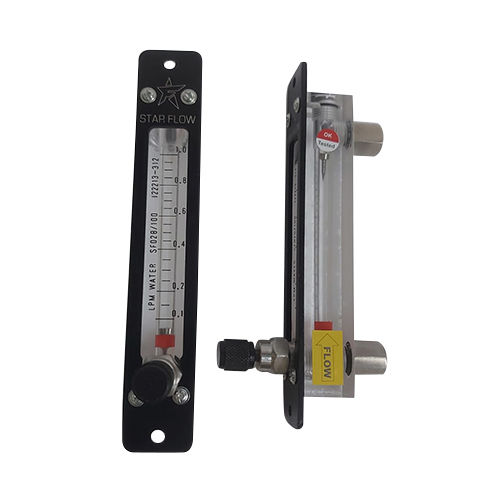Flange Type Air Flowmeter
Product Details:
- Product Type Flange Type Air Flowmeter
- Usage Industrial
- Size Different Available
- Material Metal, Glass
- Display Type Analog Only
- Click to View more
Flange Type Air Flowmeter Price And Quantity
- 1000 INR/Unit
- 5 Unit
Flange Type Air Flowmeter Product Specifications
- Industrial
- Metal, Glass
- Flange Type Air Flowmeter
- Analog Only
- Different Available
Flange Type Air Flowmeter Trade Information
- Cash Advance (CA)
- 1000 Unit Per Month
- 3 Days
- All India
Product Description
A tool used to gauge the flow rate of air or gas in a system is called a flange type air flowmeter. It is intended to be fitted in a pipeline or duct using flanges, which are utilised to make a connection that is secure and leak-proof.
A flow sensor and a flanged housing are the standard components of the flange type air flowmeter. The housing can be bolted to the pipeline or duct thanks to flanges on both ends. The flow sensor is positioned inside the housing and used to gauge the amount of air or gas moving through it at any one time.
Different flow sensor types, including as differential pressure (DP) sensors, heat sensors, vortex shedding sensors, and ultrasonic sensors, are employed in flange type air flowmeters. Every kind of sensor has unique benefits and drawbacks and operates according to distinct principles.
The associated flow indicator or transmitter will typically display the flow rate that the flange type air flowmeter is measuring. The system may be monitored and controlled as necessary thanks to this display, which offers real-time information regarding the air or gas flow rate.
Industrial applications where precise measurement and control of airflow are essential frequently use flange type air flowmeters. They are utilised in HVAC (Heating, Ventilation, and Air Conditioning) systems, business operations, environmental monitoring, and other settings where accurate airflow measurement is necessary.
It's vital to remember that a flange type air flowmeter's specific design and characteristics can change depending on the supplier and the intended use. It's always advised to refer to the product manual or get in touch with the manufacturer for comprehensive details on a specific flange type air flowmeter.
Other Products in 'Industrial Flowmeter' category
 |
STAR FLOW TECHNOLOGIES
All Rights Reserved.(Terms of Use) Developed and Managed by Infocom Network Private Limited. |

 Send Inquiry
Send Inquiry